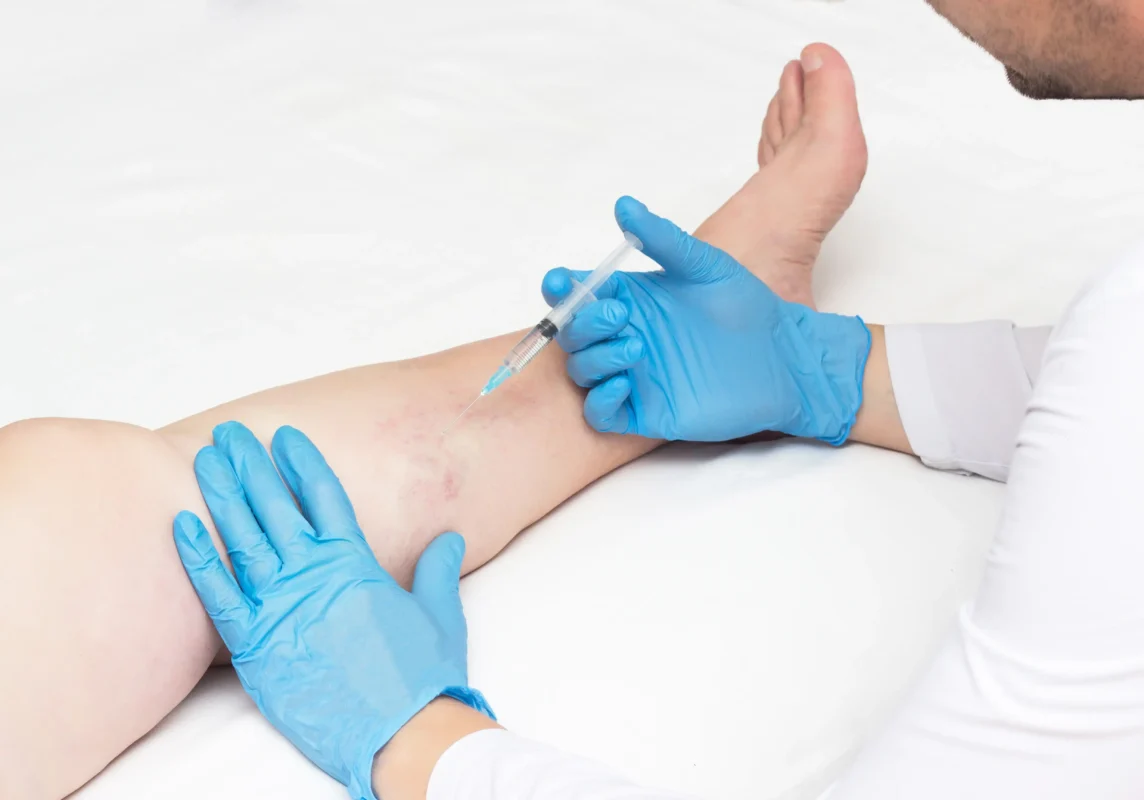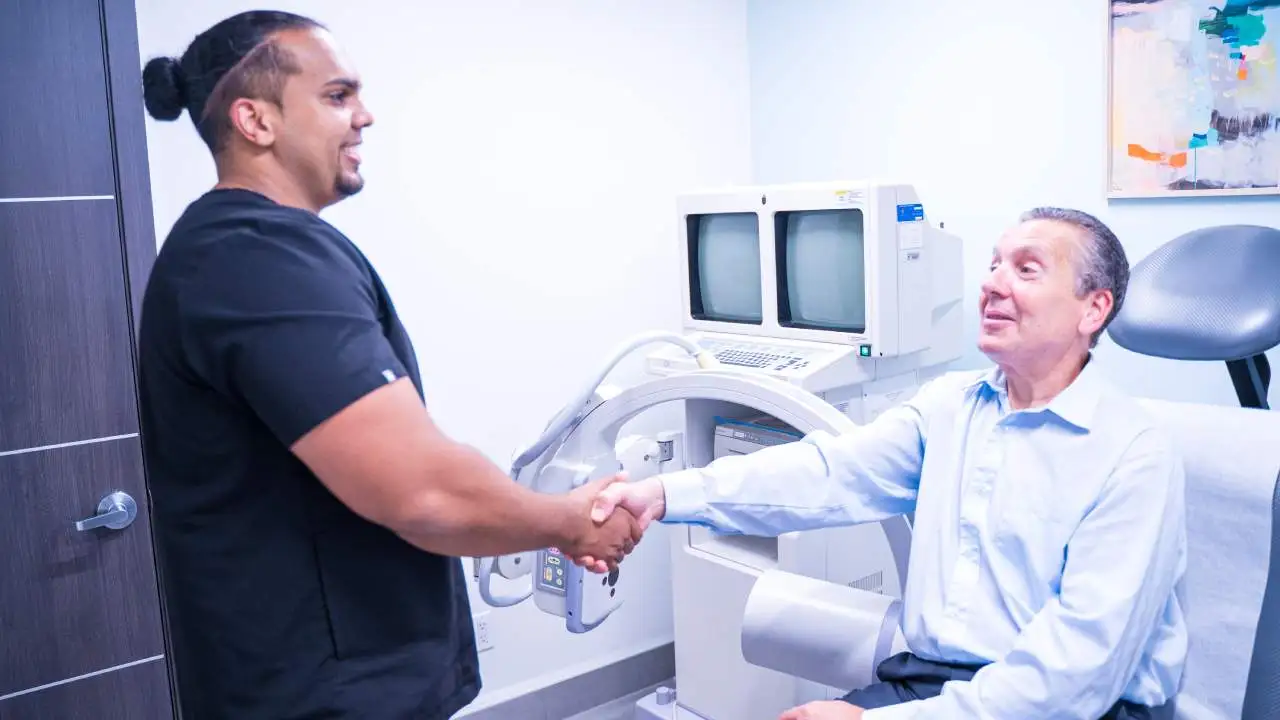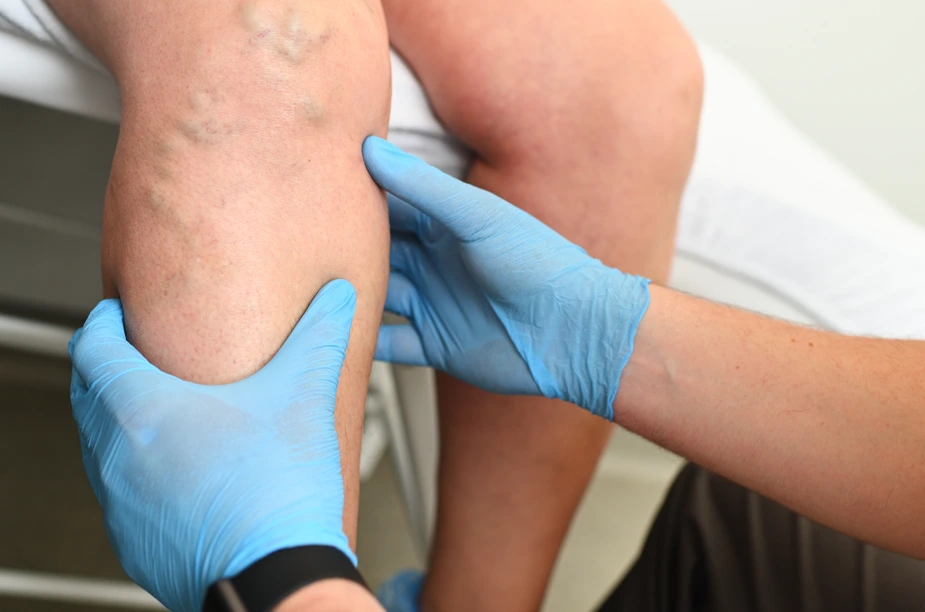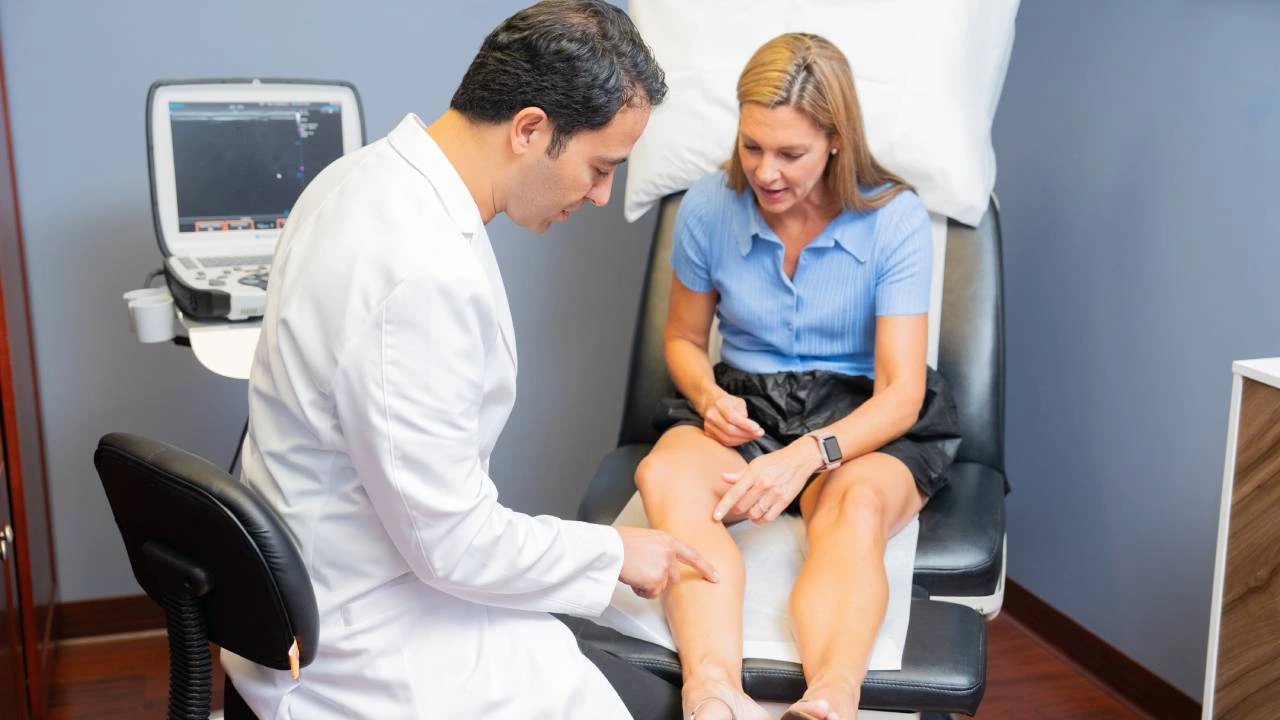What leg swelling says about vein health
If your legs feel heavy, swollen, or achy by the end of the day, you’re not alone, it might not just be from standing too long or sitting too much. These could be signs of chronic venous insufficiency (CVI), a condition that recently made headlines after Donald Trump’s public diagnosis.
While many people associate varicose veins with cosmetic concerns, the reality is deeper (literally). CVI impacts how blood flows from your legs back up to your heart, and when that process breaks down, your legs can start to swell, throb, or feel unusually tired.
What causes chronic venous insufficiency and why does it leads to leg swelling?
At the root of CVI is a circulation issue. The veins in your legs contain tiny valves that push blood upward. But over time, due to age, weight, genetics, or lifestyle, those valves can weaken. When that happens, blood pools in the lower legs instead of moving up, leading to:
- Leg swelling
- Visible varicose veins
- A sensation of leg heaviness
- Skin discoloration or itching near the ankles
Think of it like traffic backing up on a one-way street, pressure builds, and your legs start to pay the price.
Trump’s vein condition made the news, should you be concerned?
When Donald Trump was diagnosed with chronic venous insufficiency, it raised public curiosity. After all, how serious could “vein problems” be?
The truth is, Trump’s condition reflects what many Americans deal with every day. The difference? His diagnosis shined a spotlight on a medical issue that often goes ignored or brushed off as part of aging.
If a former president is being monitored for CVI, it’s worth asking yourself: Should I be, too?
Signs it’s time to see a specialist
Many patients delay seeking help until symptoms become too uncomfortable to ignore. But early signs of vein disease can be subtle, and catching them early can help you avoid complications like ulcers or skin damage.
Consider seeing a vein specialist if you’re experiencing:
- Persistent leg swelling, especially at night
- Heaviness, aching, or throbbing in your legs
- Itchy, dry skin around your ankles
- Bulging varicose veins
- Cramping or restlessness in your legs
What are your options to treat chronic venous insufficiency (CVI)?
CVI cases, including those that cause leg swelling, heaviness, or visible veins, can be effectively managed with minimally invasive, non-surgical treatments.
Depending on the severity of your symptoms and your overall health, a vein specialist may recommend:
- Sclerotherapy: An injection-based treatment that closes abnormal veins.
- Endovenous ablation: A heat-based procedure that seals damaged veins from within.
- Compression therapy: Medical-grade stockings that improve blood flow and reduce swelling.
- Lifestyle modifications: Including leg elevation, movement, and weight management to support healthy circulation.
A vein specialist can recommend the right option based on the severity of your condition and your lifestyle goals.
Leg swelling deserves attention
You don’t need to be a former president to take your health seriously. If your legs are swelling more often, or you feel like something’s “off” with your circulation, don’t brush it off. CVI won’t put your life at risk, but ignoring it can lead to chronic discomfort. Getting the right treatment means real relief, not just temporary fixes.









